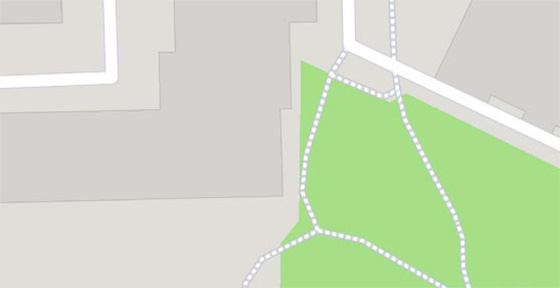The archaeological park covers the area of an ancient settlement built on the top of a hill by the Phoenicians of Sulci, today's Sant'Antioco. The first records of a Phoenician colony date back to around 730 BC. An archaeological area of over 40 sites dating from the Neolithic to the end of the Punic era.
The Phoenician settlement served primarily a residential function. In 520 BC it was occupied by the Carthaginians who fortified it in the middle of the 4th century BC, and a hundred years later they almost completely rebuilt it. You can see the remains of houses, squares and necropolises with Phoenician, Carthaginian and Punic tombs.
The settlement also had a religious function, as evidenced by, inter alia, the found statue of the goddess Astarte and the remains of the tofet, i.e. the place used for ritual sacrifice. Part of the tofet was reconstructed at the Villa Sulcis museum in Carbonia. It allows for a virtual tour of the Punic city.
Attraktionen im inneren




